To travellers like myself, Mexico seems to possess a very vibrant, deep and rightly proud culture. The internal and external influences that have shaped the country’s identity over its history are numerous, merging together in unique fashion. Perhaps there isn’t a more vivid example of this than the celebration of Day of the Dead, or Dia de Muertos.
Even though it’s designated a UNESCO Intangible Cultural Heritage of Humanity, Day of the Dead is something of a misunderstood concept outside of Latin cultures. Its newfound popularity within Western pop culture can lead some to view the festivities through Halloween-shaped glasses, associating the day with skulls and skeletons, while leaving an essential element out of the equation—souls.
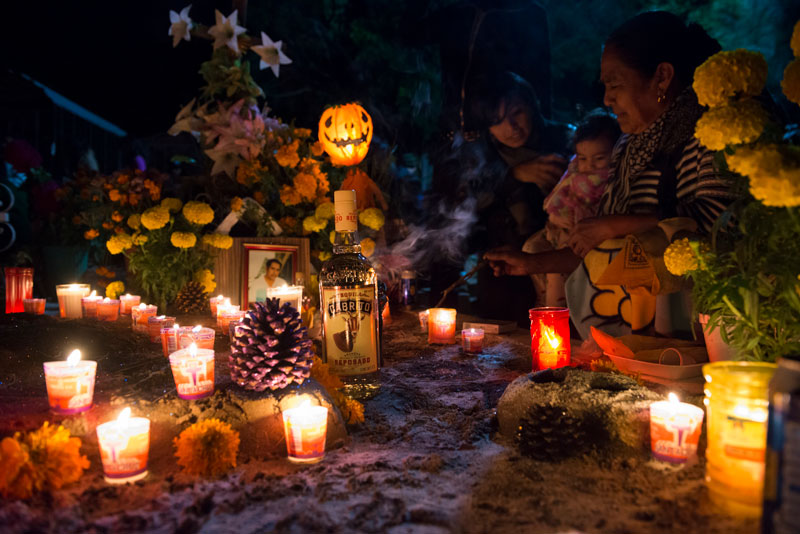
Hecho en Mexico: the Mexican tradition of Dia de Muertos
Despite the seemingly macabre imagery involved, Dia de Muertos in Mexico bears little resemblance to the commercialized version of Halloween that we celebrate in Canada and the US. It does, however, have more in common with All Soul’s Day in many societies that observe Catholic or Christian traditions (both happen to fall on November 2nd). In either case, it’s a time for remembering and honouring the dead, including our departed loved ones.
Elements of Dia de Muertos are said to have evolved from pre-Hispanic traditions. Today, it’s celebrated annually throughout Mexico with traditions as varied as they are universal, depending on the region or town in question. Traditions can range from private vigils at home, to visits to graves with family, to solemn community processions, to festive large-scale parades that attract crowds from all over the world.
Day of the Dead dictionary: a few terms to be familiar with
It doesn’t take much to see that Day of the Dead is a very visual, cultural affair. Distinct motifs used all over the country incorporate historical and religious themes into Mexican folk art. Let’s explore 5 hard-to-miss things associated with the holiday:
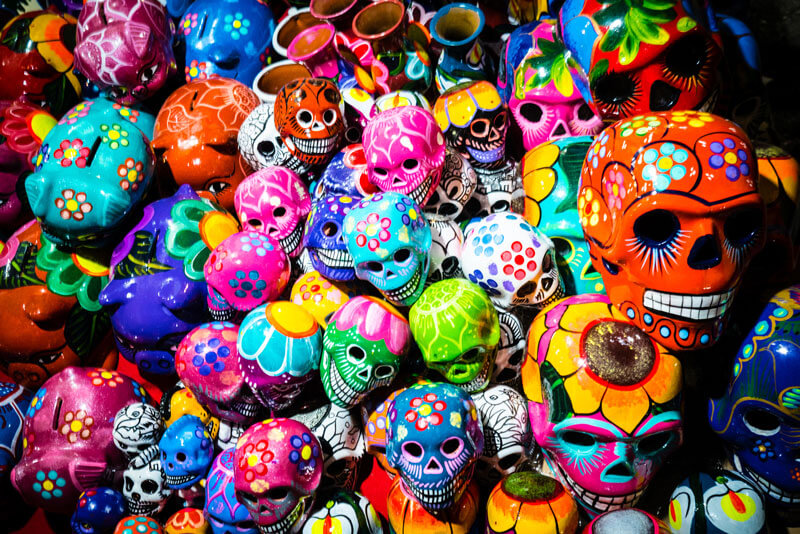
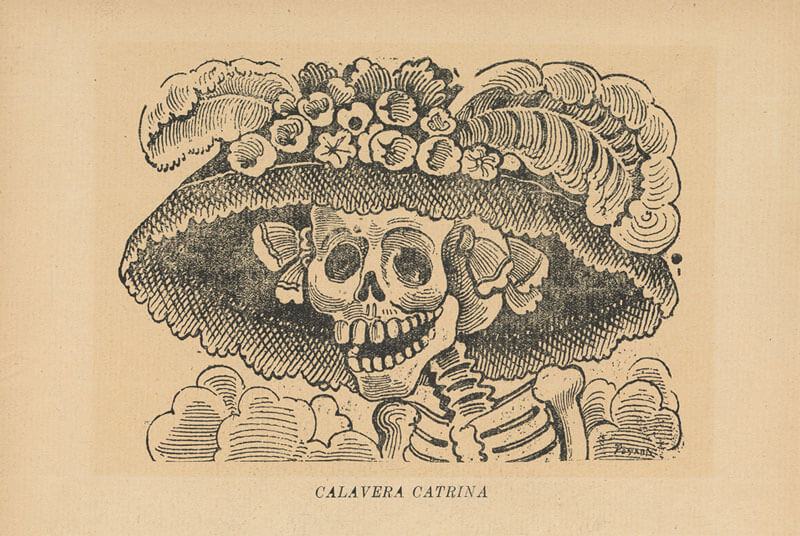
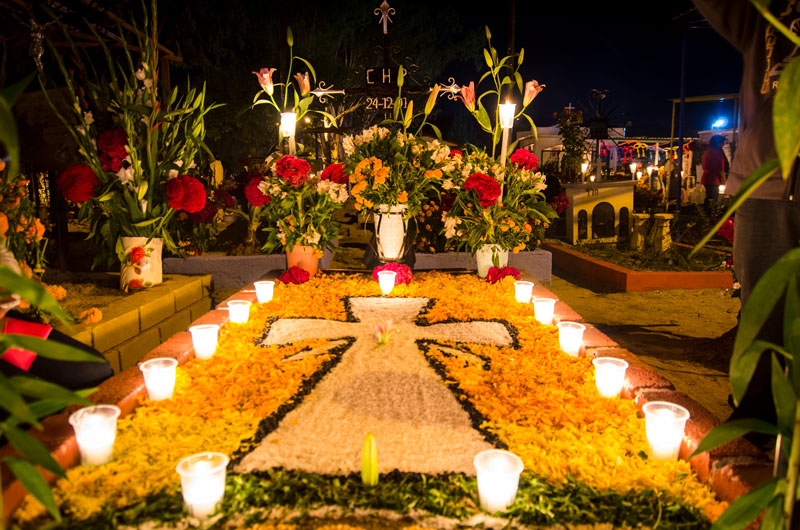
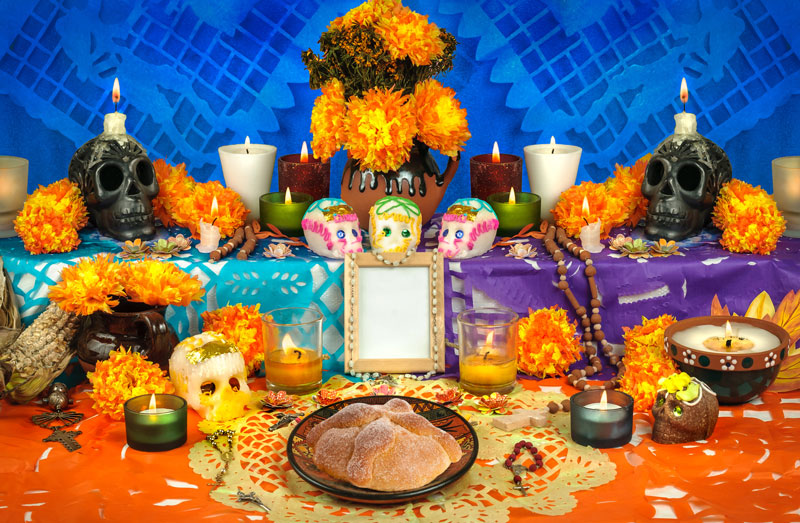
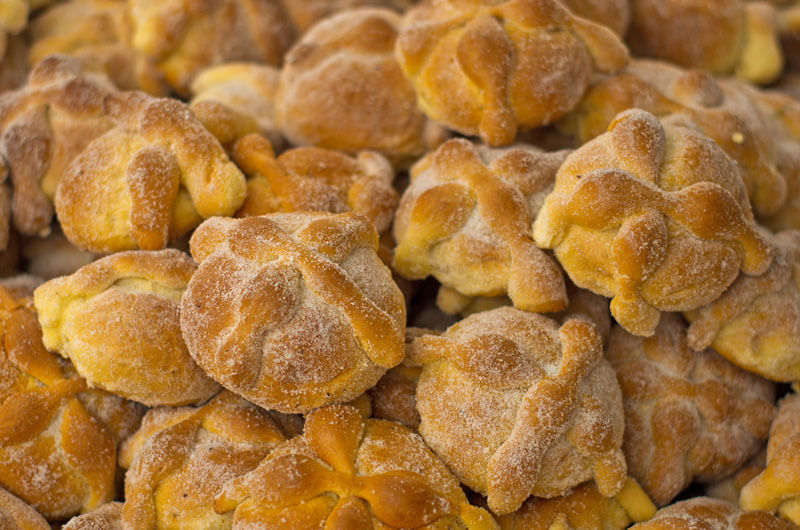
3 Day of the Dead destinations
There’s nothing quite like experiencing Dia de Muertos festivities in Mexico, some of which last nearly a week. The days leading up to Day of the Dead are always an exciting time for locals and travellers with celebrations culminating on November 2nd.
Tip: I recommend visiting mercados (markets) to experience all the scenes that take place in preparation for Day of the Dead events. You can easily lose yourself among aisles of multicoloured skulls and skeleton figurines, brightly-hued flowers, intricately-designed paper cut-outs (papel picado), delicious handmade treats and the odd miscellany. In fact, a market is where I snapped the black and white photo you see at the top of this blog post.
Though most places have their own unique ways of carrying out their traditions, a few destinations are quite renowned for their atmospheric celebrations:
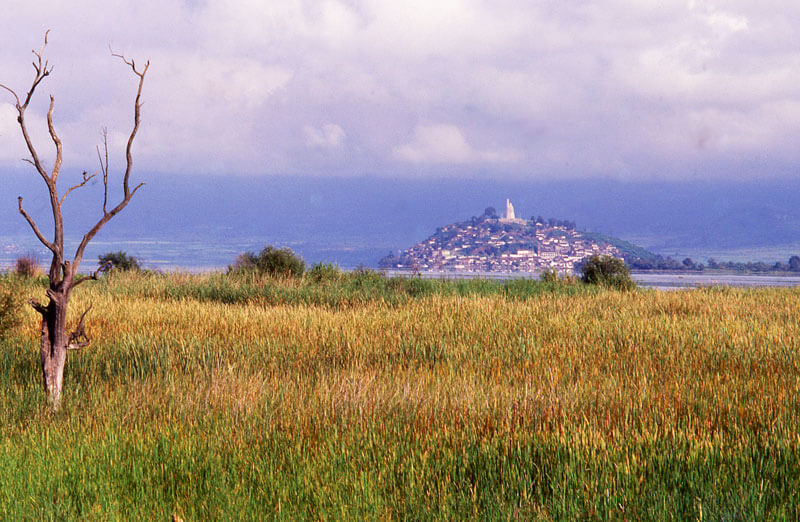
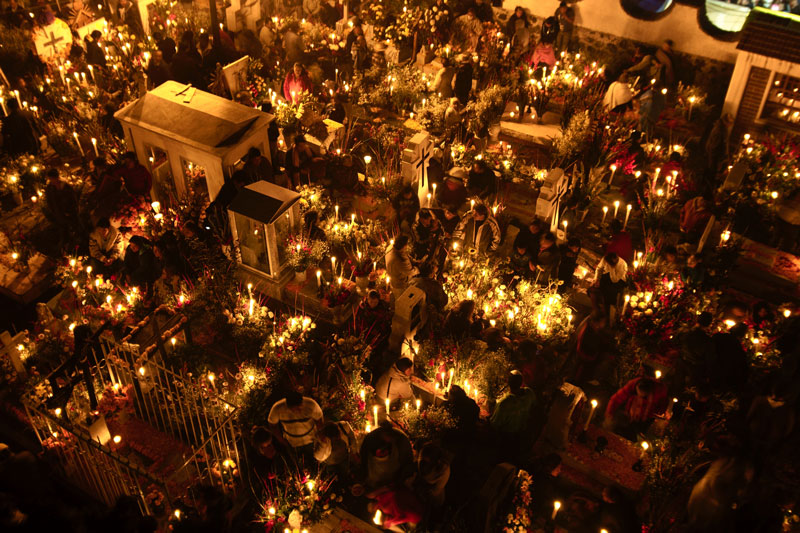
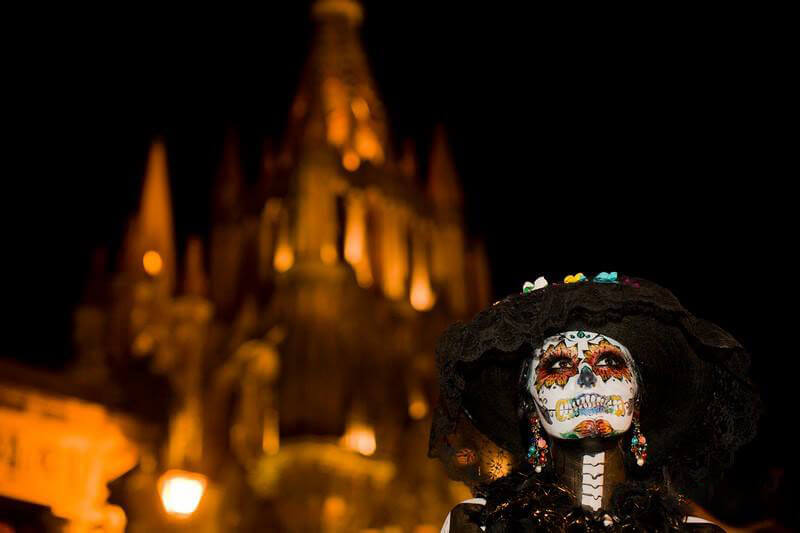
The Dia de Muertos tradition is a reflection of the beliefs and attitudes many Mexicans hold about family and loved ones, living or deceased. Despite unavoidable overlap with other cultures, the essence of Dia de Muertos is one that will preserve itself for many generations to come, on the strength of its own festive spirit.
Happy travels,
Justin
